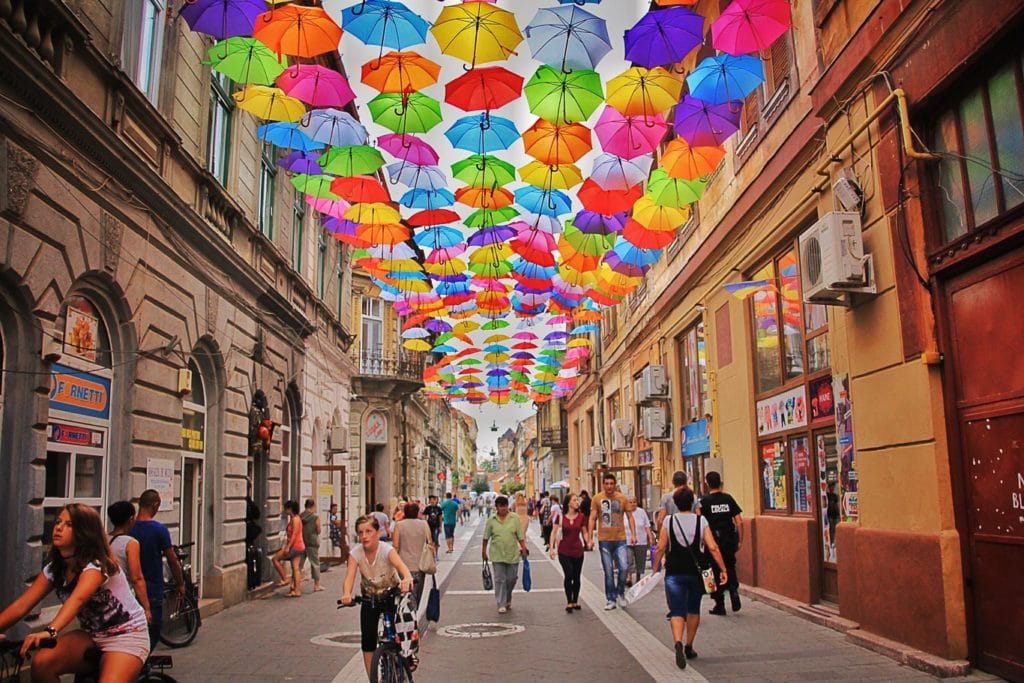Botany in California
Study Botany in & Around Los Angeles
The Worldwide Navigators Difference


Sojourn – Gain a better understanding of the community you’re visiting. Learn about different religions or spiritual practices. How do these impact the communities? How does religion or spirituality influence local traditions?
1 of 1

Savor – Will you choose sweet or savory? Take the time to visit local markets and discover unique local ingredients. Learn how to prepare traditional meals & local favorites.
1 of 1

Tip of the Tongue – Each morning, take the time to learn a few basic greetings and phrases in the local language. Learn how to write greetings & your name in the local script.
1 of 1

A Wrinkle in Time – History influences our present. Discover the history of the country you visit. Hear the stories of your guides & their family history. Where do they come from?
1 of 1

Journal Journeys – Take some time to reflect on the day’s events and document your journey. Spend a moment journaling about the day had & day ahead. These are memories for a lifetime!
1 of 1

Culture – From local dances, festivals, or simple gestures to communicate – all of these make up a country’s culture. Learn and practice cultural norms & how to show respect in the culture you visit.
1 of 1Itinerary
After arriving in Los Angeles you’ll be whisked away to the first place on your journey to study botany. All of your adventures will be in and around Los Angeles. Tucked away on the northern end of UCLA’s campus is the Mildred Mathias Botanical Garden. From ferns to bromeliads, the garden might be small compared to some others you’ll see on your trip, but it is jam-packed with all manner of plant life. Docents are available to give a tour, but you’re welcome to go at your own pace.
There are over 800 species of plants at the Natural History Museum of LA County. In addition to being able to see incredibly diverse plant life, you can also explore interesting botanical concepts and processes. There’s a field area dedicated to education about pollination, a limestone wall so you can learn what plants spring from rocks, and a pond so you can explore plants that live in or near water and an area where you can get to know the ins and outs of composting.
You’ll feel like you’re walking through Eden as you stroll the paths of The Japanese Garden. This tranquil oasis plays host to hundreds of species of plants, both native to California and native to Japan. It’s not uncommon to see bonsai trees dotting the paths. You’ll get to experience several kinds of Japanese garden from chisen to karesensui and learn exactly what these kinds of gardens are and why they’re important not just environmentally but culturally.
The botanical gardens at the Huntington Library are one of California’s gems. You can enjoy a self-guided tour of the many gardens or join one of the group tours that they offer. Either way, you’ll get to see plants from ecosystems around the world and learn what makes each area different. There are 16 themed gardens, and you should see them all. You can take a walk through what a garden looks like in Australia, a garden made of only cacti, see a Chinese garden, admire a lily pad garden and so much more. When you’re done strolling outside, visit the Conservatory for a more hands-on and up close botanical learning experience.
The South Coast Botanical Garden focuses on plant life as much as it does the wildlife that has come to call it home. When you visit, bring a camera and be prepared to see butterflies and hummingbirds. The garden hosts a variety of events you can join, including birdwatching walks and informational sessions about the care and keeping of certain plants. You’re also welcome to tour the garden, either on your own or hosted by one of their docents.
The Conejo Valley Botanic Garden isn’t just beautiful — it gives back. It focuses on conservation to your benefit. Here you’ll get to see an area dedicated to bird conservation, as well as water-conserving plants that are important to California, especially during periods of drought. There are over 33 acres, several trails and over 15 regions of plant life. Staff at the garden are happy to answer any questions about the flora or fauna you might see there. Be sure to pick up a bulletin on the way out to learn more about the gardens and the plants you saw there.
You’ve seen a lush display of greenery from California and from around the world, but there’s a hidden gem in Beverly Hills that you can’t miss. After grabbing a couple of pictures of the Beverly Hills sign, you’ll head over to the cactus garden. A staple in town since 1934, it’s a beautiful but compact display of cacti and succulents. The plants are well within reach, so you can get close to take a look at them, but don’t lean in too far, those cacti can be sharp.
Because of its diverse wildlife and extensive conservation efforts, California is a great place to study botany. And you won’t stop at just California wildlife, there’s plenty of opportunity to see plants from other places around the country and other places around the world. Whether you’re looking for a more self-guided tour or a more specialized, learning intensive tour, the botanical gardens and experiences in and around the Los Angeles area offer both.
Value
3-6 Day
Group Trips
- Airfare
- Transportation
- 2.5 - 3-Star Accommodations
- Daily Activities & Excursions
- 2 Meals Per Day
- Tours & Entrance Fees
- Daytime & Self-Guided Tour Director
- 1 Impact Project
Classic
7-12 Day
Group Trips
- Airfare
- Transportation
- 2.5 - 3-Star Accommodations
- Daily Activities & Excursions
- 2 Meals Per Day
- Tours & Entrance Fees
- Daytime Guided Tour Director
- Up to 2 Impact Projects
Epic
7-14 Day
Group Trips
- Airfare
- Transportation
- 3.5 - 4-Star Accommodations
- Daily Activities & Excursions
- 2 Meals Per Day
- Tours & Entrance Fees
- 24/7 Guided Tour Director
- Up to 3 Impact Projects
- Final Night Celebration Dinner
Interested in adding or modifying activities? No problem! All Worldwide Navigator itineraries can be customized to your liking!
In collaboration with our partners


